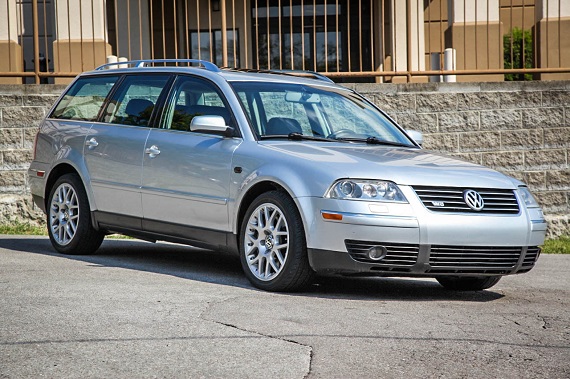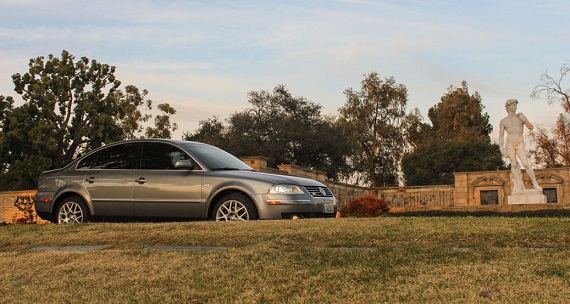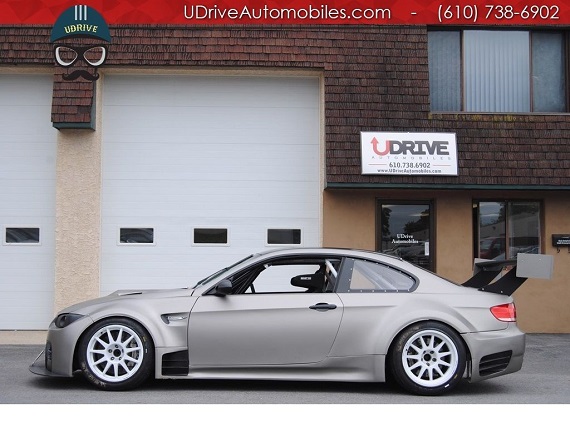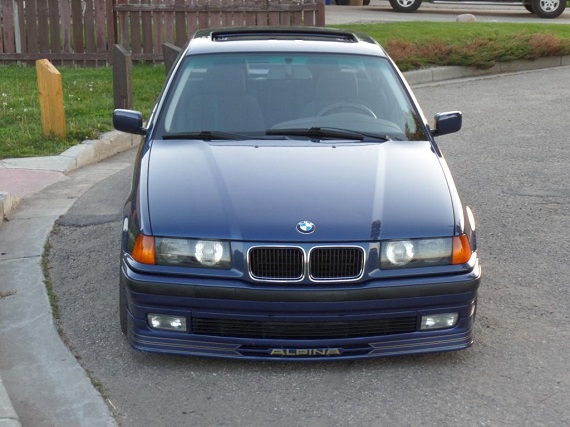I always get a bit of a chuckle at the keyboard warriors who love to denigrate manufacturers for not offering the full European catalog to U.S. customers. Really, you’d buy a RS6 Avant if it was offered here? You and what bank account, Mr. Sittinginhisrentedapartmentstealinginternetfromtheneighbors? Manufacturers need to live in the real world, and in the real world of the United States, while there is in fact a market who would purchase top-tier cars like the RS6 Avant, the reality is that the vocal majority of enthusiasts barking about how they’d snap them up like hotcakes would – at best – be hoping to buy a lightly used one downstream. At worst, these super wagons would only become affordable after ten years, at which point their complicated systems would render ownership prohibitively expensive for most. So, they kick tires, simultaneously ruing that such options aren’t available to them while secret thankful that they don’t have to put their money where their mouths are. We don’t have to look back far to find why this market departed the U.S., because when we were afforded the option to buy these cars, we found them unaffordable. Witness the very expensive W8 4Motion Variant 6-speed:
Tag: 4.0
A truism of motorsport is that to make a small fortune in racing you need to start with a large fortune. Building race cars is very expensive; strange, considering that there is much less of them when you’re done than the road car that was started with. If, for example, you wanted to go racing in the GT3 class, the ostensible car to get would be the multi-class winning Porsche GT3R. Smart choice. Now, fork over your half a million hard-earned trust fund dollars, since before you turn a key the GT3R stickers at 429,000 Euros plus taxes. Run a race weekend, and presuming you don’t crash or have a mechanical, you’ll be several tens of thousands of dollars more in the hole, since race cars consume consumables at an alarming rate. Tires, brake pads, clutches – you name it, it’s expensive if it’s top-tier racing goods. And then come the realities that after a staggeringly short amount of time, you need to completely rebuild your race car. According to the Census Bureau, the average American spends 50 minutes a day commuting in their car. In race car terms, that would mean that after a little over a month you’d have to completely rebuild your car. Nuts, right?
But you still want to do it. Okay, a much more affordable way to go really, really fast is to buy a last generation car. Just past the current vogue, they tend to be considerably more friendly on the wallet. Yet, top tier cars are still very, very expensive to run. Perhaps, then, a smarter choice would be to look at a car based upon more pedestrian internals:
CLICK FOR DETAILS: 2008 BMW M3 on eBay
1 CommentWhile Ruf and AMG grab most of the big tuner headlines from Germany, Alpina quietly and competently produced some of the wildest and best executed BMWs ever made. Simply put, Alpina made already good BMWs better – and arguably still do today. One of the most interesting aspects of the company is the close working relationship they have with the factory; a partnership which results in truly special treatment. Take the Alpina B8 for example; any normal tuner might have simply enlarged the inline-6 under the hood of the already potent M3. Or, in the tradition of the 1980s Alpinas, they could have turbocharged the engine. But instead Alpina asked BMW to make them a special V8. And, somewhat surprisingly, BMW did – a new block was designed for Alpina since the normal 4.0 couldn’t be bored out. The result was a 4.6 liter motor which was fit to the B8 4.6 and B10 as well. The motor was so large in the E36 that a special oil pan had to be designed, and neatly a German camera maker had to be employed to design and build a special oil pump to run it. Yet in true Alpina tradition, the fit and finish was factory and accompanied a host of suspension, interior and aerodynamic tweaks. Capped off by special Alpina paint, these B8s are truly special E36s. While the B8 4.6 is the headline grabber, Alpina built a short run of 5…or perhaps 6….4 liter models that were sold in Japan:
CLICK FOR DETAILS: 1996 Alpina B8 on Bimmerforums
6 CommentsWe talk at length about the rarity of various cars, and when it comes to the W8 Passat 6-speeds, that’s more than just lip service. Only a bit over 450 6-speeds were imported to North America in sedan and Variant form, making them quite rare amongst any measure of car. But when you break down the color combinations that were available and especially factor in the wagon, you can get production numbers down to single digits in some configurations. Considering the sedan outnumbered the wagon over three to one, you’re more likely to find a 6-speed sedan than wagon, but today we’ve got one of each to look at. Which is the rarest of the rare?








